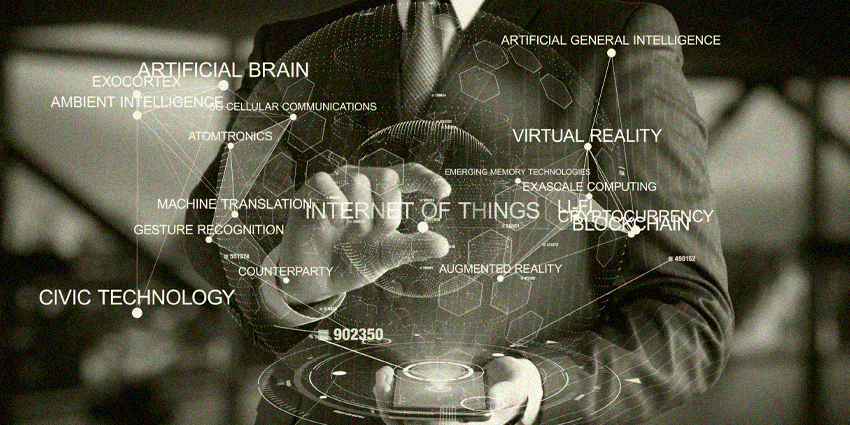For decades, the media has shared the same hyperbolic view of the future. There are hundreds of classic films and television shows that predicted what the world might be like in the 2000s. Just look at Marty McFly and his hoverboard in Back to the Future, or the downfall of humanity in the Matrix. We even saw a few unnerving visions of the future in shows like Black Mirror.
But now we’re here, standing during the “future” we once dreamed of. Sure, it looks a little different to what we imagined. The fashion isn’t entirely chrome jumpsuits, and we don’t quite have flying cars yet. However, there are more similarities between the world today and the sci-fi “future” we once imagined than you might realise.
The world we once imagined included ideas pulled from the broadest reaches of our imagination. We daydreamed about AI robots that could make our lives easier every day, teleportation, and the ability to connect with people anywhere in a flash.
For years, we’ve been calling things like AI and VR, IoT, blockchain, and 5G “emerging technologies”. But are they still emerging? Smart cities and holidays in space are now widely available on the open market. 5G is ready for your smartphone, and the IoT world is growing every day. Future tech isn’t emerging – it’s here.
What’s Next for the Future of Technology
I’m no futurologist, and I’m certainly no Doc Emmet Brown, capable of travelling through time. But I’d say we’re about due a new wave of “emerging” tech. So, if AI and holoportation is already here, what is the future of technology going to look like? In August 2020, Gartner released a report identifying the five emerging trends it believes will shape the next five years. Let’s take a closer look.
- Composite architectures: Gartner believes that the “composable enterprise” will be a feature of the future, offering packaged business capabilities on data. The composite architecture will be implemented with access to various business capabilities, including built-in intelligence that extends towards the end-user and edge devices. Composite architectures will make companies more agile through access to private 5G, artificial intelligence, and even affordable computers on the “edge”
- Algorithmic trust: These days, algorithmic trust models are becoming increasingly popular in ensuring privacy and data security. Algorithmic trust will help to ensure that organisations don’t have to worry about the risks of losing the trust of their partners, employees, and customers. Technologies in this space include SASE (secure access service edge), differential privacy, bring your own identity, authenticated provenance, responsible AI and more
- Formative AI: Formative AI is an emerging selection of AI technologies capable of dynamically changing to suit the situation. These can be used by all kinds of developers to create tools and solutions that can evolve over time. Enterprises looking to experiment with AI will be able to consider things like AI-augmented development, AI-assisted design, adaptive ML, and even generative AI
- Beyond Silicone: According to Gartner, for over 40 years, the concept of “Moore’s Law” has been at the heart of the IT industry. However, as technology continues to breach the physical limits of silicon, new materials will emerge in the marketplace. These will allow us to make breakthrough technology smarter, and smaller. DNA computing, carbon-based transistors, and even biodegradable sensors could be on the horizon
- Digital Me: An exciting concept for the future of communications, Gartner says that technology is becoming more connected with people. We’re discovering new ways to create digital versions of ourselves, including virtual avatars and digital passports. The digital twins of humans provide models that can represent people in both the digital and physical space. According to Gartner, the way that people interact with the digital world is also beginning to shift towards keyboards and screens to involve a variety of modalities, including vison, voice, and gesture. Technologies to watch in this space going forward will include digital twins of people, health passports, social distancing technology, and 2-way brain/machine interfaces
What is the New Emerging Tech?
If Gartner is right with its predictions, then we have some interesting changes to look forward to. It seems likely that AI will continue to have a huge influence on the way that we work and live heading into the future. We can expect to see more computers augmenting experiences, and digital experiences appearing in ways we could never imagine.
The truth is that humans are never fully satisfied with the way things are. We’re constantly pushing the boundaries and looking for new ways to do things. While this might be good news for innovation, there are some concerns in the back of my head too. I fear we might just end in a Terminator movie one of these days.







